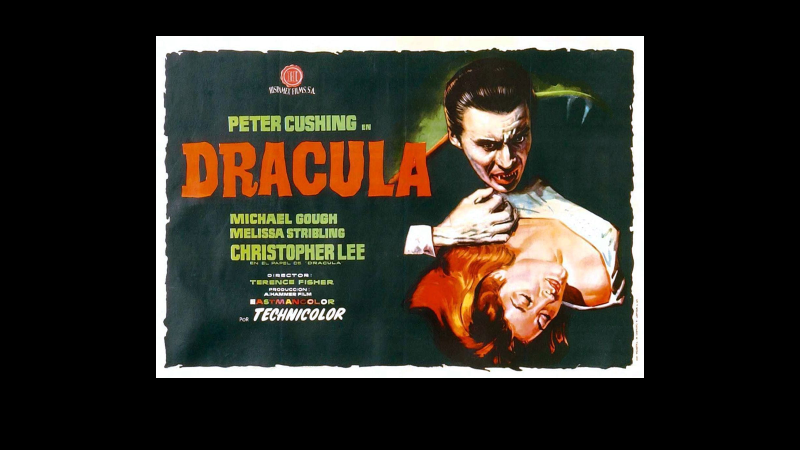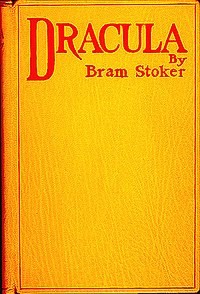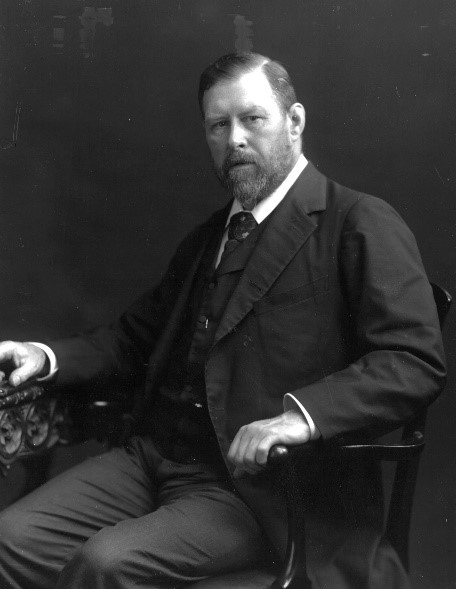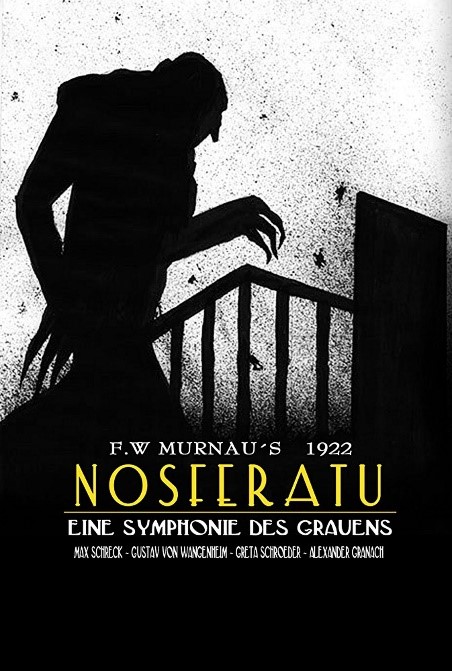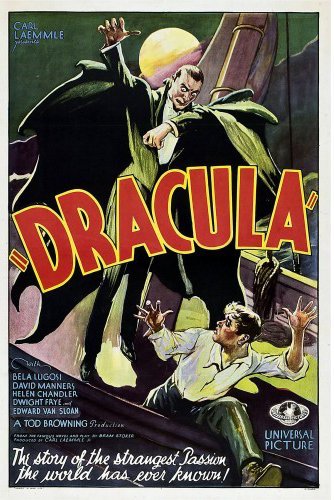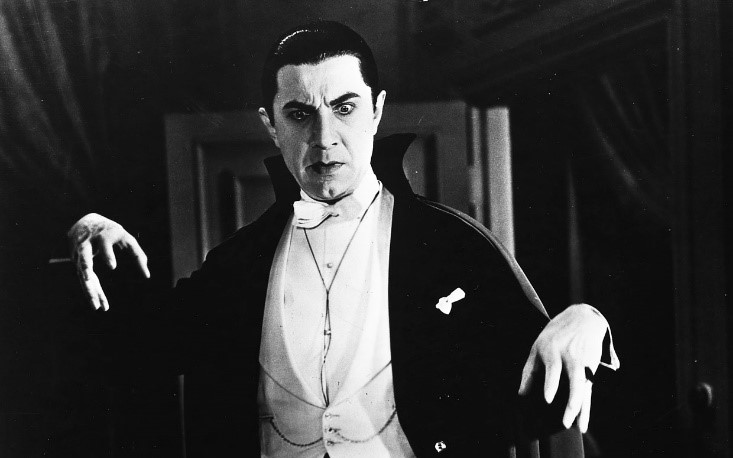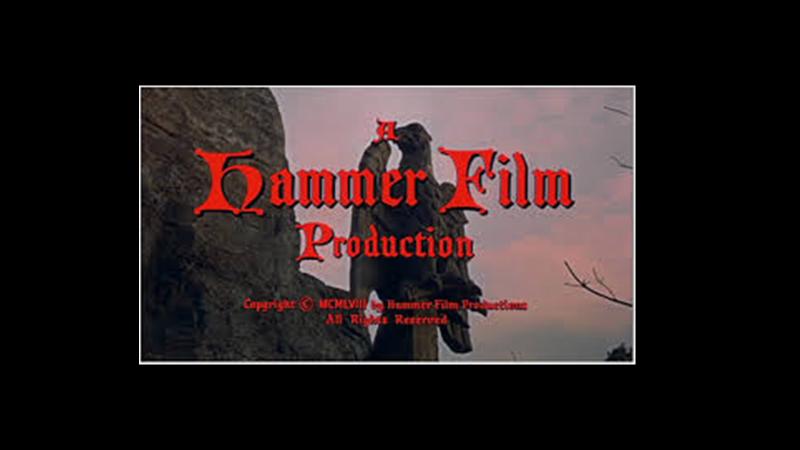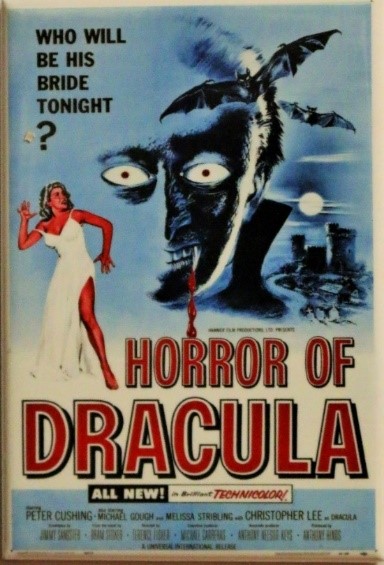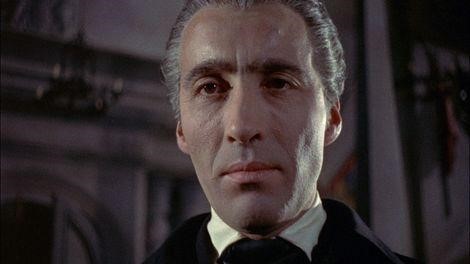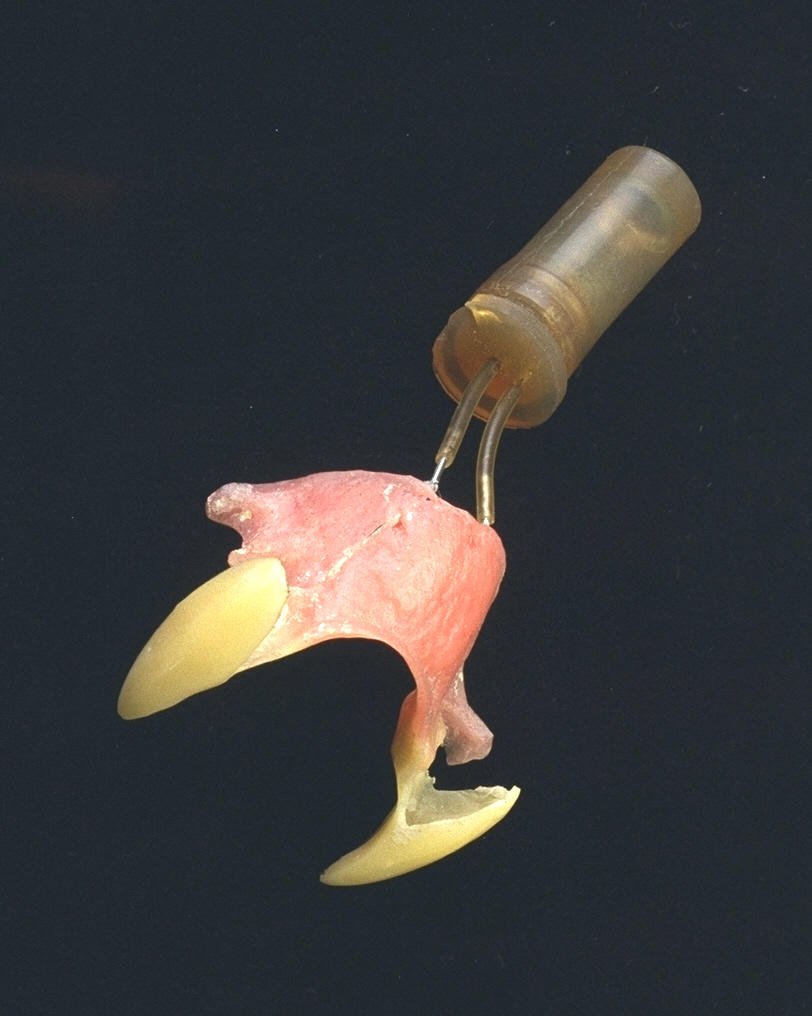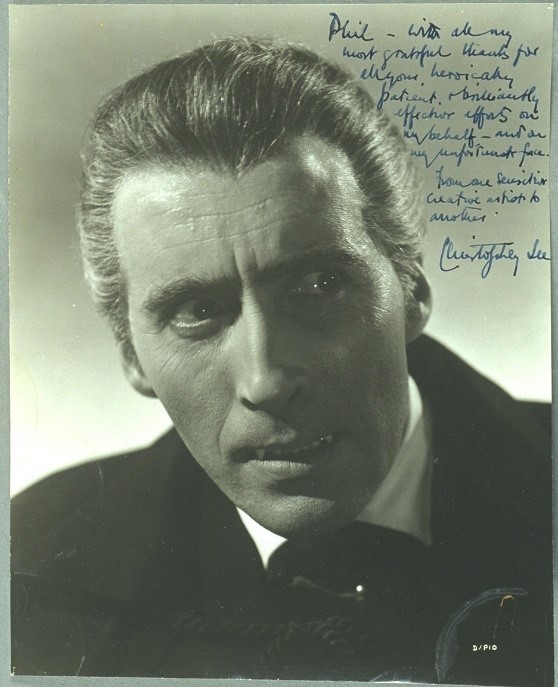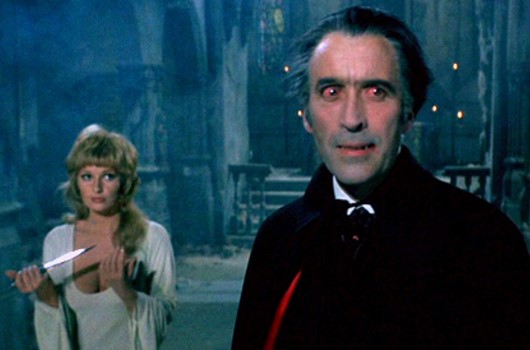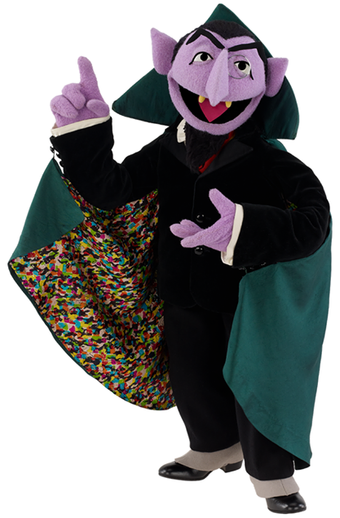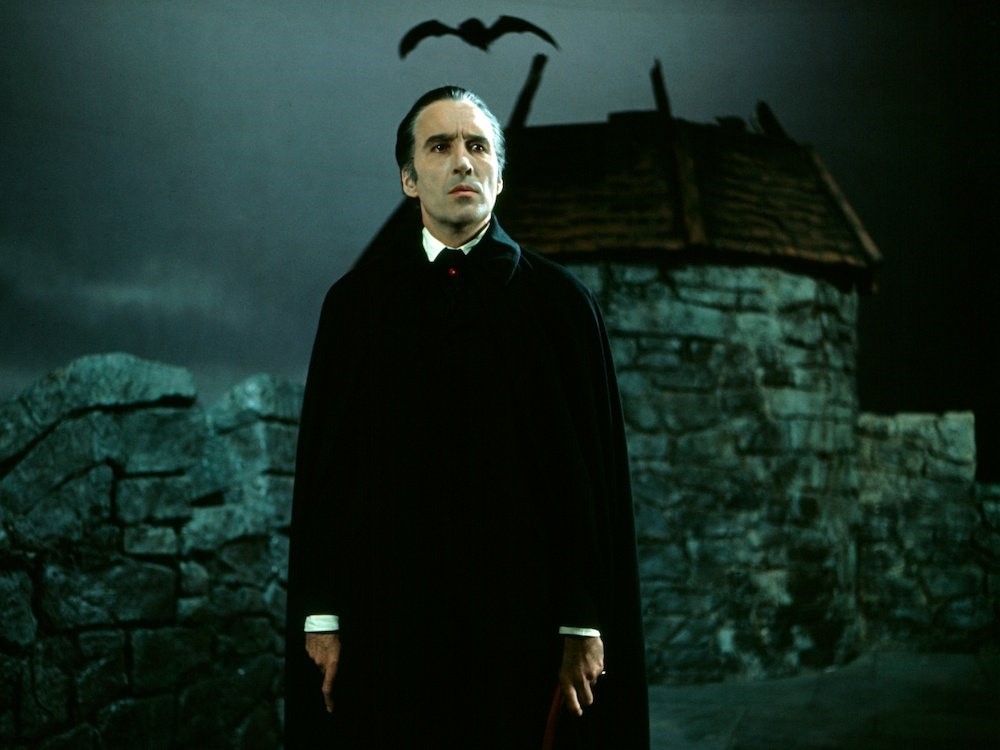Get ready to sink your teeth into another Twitter Exhibition.
Welcome to Hammer's Dracula: The Creation of a Screen Legend
Welcome to Hammer's Dracula: The Creation of a Screen Legend

OK, so the book came first, published on 26 May 1897. Written by Bram Stoker, the personal assistant to actor Sir Henry Irving, who has a sad Bradford connection – he died in the lobby of the Midland Hotel in October 1905.
What inspired the book? Our guess is it was either Henry Irving himself, Vlad the Impaler or maybe even a nightmare about a vampire king rising from his grave caused by eating too much crab meat before bed. (We’ve all done it).
The first film version of Dracula arrived in 1921 – Dracula’s Death (bit of a spoiler that title).
But it was Nosferatu, A Symphony of Horror, which truly brought Dracula to cinema audiences. F W Murnau’s film made in Germany in 1922 is a classic of silent (or any) cinema.
But it was Nosferatu, A Symphony of Horror, which truly brought Dracula to cinema audiences. F W Murnau’s film made in Germany in 1922 is a classic of silent (or any) cinema.
Except, this isn’t Dracula, it’s Count Orlok, as the filmmakers didn't have permission to make a film version of the book.
Stoker's widow tried to have all copies of the film destroyed. Thankfully some survived.
See the amazing use of shadow in this clip.
See the amazing use of shadow in this clip.
Then in 1931 came Hollywood’s Dracula - the first talkie version.
Universal Studios also made a silent version as many cinemas did not have the equipment to show sound films.
They also made a Spanish language version with an entirely different cast and crew.
Universal Studios also made a silent version as many cinemas did not have the equipment to show sound films.
They also made a Spanish language version with an entirely different cast and crew.
The rather theatrical Bela Lugosi, who had already played Dracula in a Broadway production four years earlier, took the titular role in the film.
Then along came Hammer. Following up on the success of their first gothic horror pic, The Curse of Frankenstein (1957), there was only once choice for the next horror classic.
In 1958, Hammer Pictures produced the first full colour Dracula, in blood red Technicolor.
In 1958, Hammer Pictures produced the first full colour Dracula, in blood red Technicolor.
The film was called 'The Horror of Dracula' in the USA to avoid confusion with the earlier version.
(They don't make film posters like this anymore)
(They don't make film posters like this anymore)
The film saw the magisterial Christopher Lee as Dracula, the first of his many outings as the vampire legend.
In this version, Lee only actually appears in about seven minutes of the finished film.
Look at him though, seems like a reasonable chap…
In this version, Lee only actually appears in about seven minutes of the finished film.
Look at him though, seems like a reasonable chap…
Oh, maybe not.
Never fear, in Hammer’s Dracula films, Peter Cushing is usually around to resolve the situation, with a little help from some amazing special effects by Phil Leakey.
(Spoiler alert)
(Spoiler alert)
Critics were not impressed with Hammer’s new approach to horror cinema: “I came away revolted and outraged… this film disgusts the mind and repels the senses”.
However, audiences loved it 

And if you're wondering, as we're sure you are, how all this relates to our museum - here are the *actual* fangs Christopher Lee wore as Dracula in 1958 that live in our collection. They were made by special effects make-up maestro Phil Leakey.
Lee sent this picture to Leakey after making the film, he wrote: 'With all my most grateful thanks for all your heroically patient and brilliantly effective efforts on my behalf – and on my unfortunate face. From one sensitive artist to another'


During their most successful years, Hammer dominated the horror film market. They went on to make eight more Dracula films. Some were even set in the 1970s (Dracula in flares, anyone?).
Well, he is immortal.
Well, he is immortal.
Hammer were followed by many other (let’s face it inferior) Draculas and Dracula copies. Maybe this guy was the best and certainly the most educational.
In 1993 Gary Oldman played a rather steampunk Dracula in Francis Ford Coppola's adaptation, Bram Stoker's Dracula.
Frankly, we can't do a thread of vampires without thinking of the iconic vampire mockumentary What We Do in the Shadows (2014)
Speaking of comedy vampires, Leslie Nielsen took on the role of Dracula in the Mel Brooks' spoof Dracula: Dead and Loving It (1995).
In 2020 (can you believe it was *this* year?) Mark Gattiss and Steven Moffat resurrected Dracula again for their BBC series, with Claes Bang taking the role of the infamous creature.

 Read on Twitter
Read on Twitter